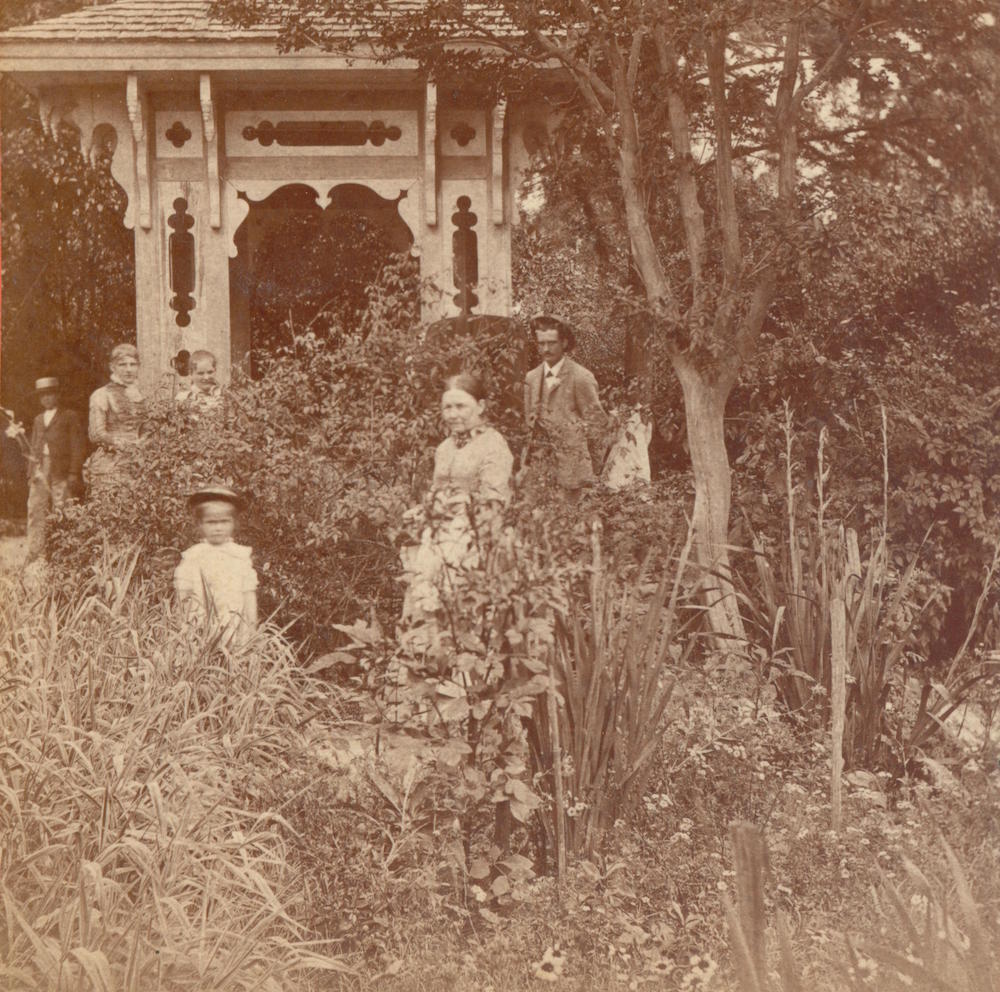175 Years In The Making

Everyone loves to celebrate birthdays, anniversaries, and other dates that are special to them. Of particular note are silver and golden wedding anniversaries or the pivotal 50th birthday that some people celebrate but others dread. Likewise, businesses, schools and institutions of all sorts celebrate anniversaries that mark important milestones.
At Hills & Dales Estate we will be celebrating throughout 2007 as we commemorate the 175th anniversary of the historic Ferrell Gardens. While celebrating a garden birthday may seem unusual, it is amazing that Ferrell Gardens has lasted for so long. Just think of how few gardens survive beyond the life of their original creator. Most of us can remember riding by a beautiful garden in front of an old southern home only to discover years later that the owner has passed away and the gardens are overgrown with weeds and are nothing but a memory.
Without constant cultivation, gardens ultimately revert back to wilderness. They are perishable and must withstand the vagaries of the weather and the cyclical nature of human lives to survive. Only with continual stewardship can a garden endure, and this continuity is what makes Ferrell Gardens one of the most unique gardens in America. It is by no means the largest and certainly not the most elaborate garden, but after touring the garden one visitor summed it up best: “It has such a sense of history. I could almost imagine Mrs. Ferrell out tending the flowers.” Indeed, if you walk down any of the garden paths early in the morning and hear the crunching sound of your shoes against the pea-gravel or the songs of the birds singing in the trees, you can easily be transported to an earlier time.
Unlike the birthday of a person, which is a very specific date, gardens evolve and are usually created over a period of time, making the exact birthday difficult to determine. So how do we know the age of Ferrell Gardens? According to Clifford L. Smith’s 1933 History of Troup County, Nancy Ferrell began a formal garden near her home in 1832 and this garden became one of the four gardens at “Hills and Dales”. Smith goes on to say that in 1841 Nancy’s daughter Sarah, and her husband Blount, started their own garden on the site. They expanded upon Nancy’s earlier gardening efforts, creating new designs and cultivating a wider diversity of plants. Ida Cason Callaway understood this history to mean that Ferrell Gardens originated in 1832. On April 10, 1932 in The LaGrange Daily News and Graphic Shuttle, Ida announced she would be celebrating the 100th anniversary of Ferrell Gardens on April 17th. On that occasion, 165 members of the Garden Club of America, representing every state in the union, were entertained at a buffet luncheon at Hills and Dales.
So now in 2007 we celebrate the birth of a Georgia landmark: a garden begun by Nancy and Mickleberry Ferrell in 1832 and greatly expanded by Sarah and Blount Ferrell beginning in 1841. The gardens were purchased in 1911 from the Ferrell estate by Fuller E. Callaway and his wife Ida Cason Callaway, who oversaw the garden until her death in 1936. It was then passed on to their son, Fuller E. Callaway, Jr. and his wife Alice Hand Callaway, who nurtured the gardens until Alice’s passing in 1998.
For most of its 175 year existence only four women have overseen Ferrell Gardens. Over the years they had countless devoted gardeners and staff that made their garden plans a reality. During that time garden fads have come and gone, but miraculously the overall design of the garden has endured. It is an amazing coincidence that both Sarah Ferrell and Alice Callaway each nurtured the gardens for over 62 years. Their commitment to the gardens is commendable, but the work of caring for a garden is never complete.
In the words of the noted garden writer Henry Mitchell:
“ A garden is very old (though not yet mature) at forty years, and already, by that time many things have had to be replaced, many treasures have died, many great schemes abandoned, many temporary triumphs have come to nothing and worse than nothing. If I see a garden that is beautiful, I know it is a new garden. It may have an occasional surviving wonder – a triumphant old cedar – from the past, but I know the intensive care is of the present.”
We celebrate the legacy of these four women and look forward to preserving the gardens for future generations to enjoy.